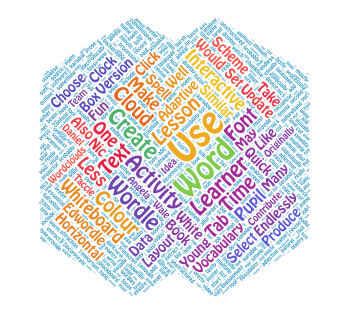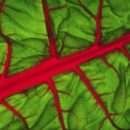’To solve the climate crisis, we need to systematically change the way we live, design, and regenerate our systems and thereby society. To enable this change we must work together in new ways, which is why we brought together a dream team with diverse, sometimes even opposing points of view, to present a holistic approach to urban development. The co-creating team behind the Doughnut for Urban Development accounts for more than twenty content authors and an additional twenty contributing experts who have invested in this project because we share a common goal and hope for the future.’
Dani Hill-Hansen and Kasper Guldager Jensen
Copenhagen, June 2023
Throughout July I published a series of blogs on our Green Circle project site exploring the application of Doughnut economics in the construction industry. Kate Raworth's Doughnut model provides a blueprint for sustainable construction which takes into account the effects on society, resources and nature. The book and resources from this open source project are freely available at https://www.home.earth/doughnut
Doughnut Economics: A Blueprint for Sustainable Construction
Doughnut Case Study – De Ceuvel: A Model of Sustainable Urban Development
Doughnut Economics is being utilised as a model for urban development and construction. This innovative approach has already proven successful globally, particularly in cities like Amsterdam and Copenhagen, where it has been applied to urban strategies.
To assist the construction industry in adopting this model, a comprehensive Manual has been developed. This Manual serves as a practical tool for evaluating the sustainability of construction projects. It emphasises both social and environmental sustainability, considering local and global impacts. Using the Manual, industry professionals can assess and improve the sustainability of their projects in a holistic manner.
'The need for more, and more affordable, housing is a common challenge in many towns and cities, given growing urban populations and rising costs of living in the face of extortionate rents. And yet, especially in high-income, high resource-using countries, if city policymakers were to adopt the business-as-usual response – constructing more new housing to keep meeting demand – the impact would quickly generate even higher carbon emissions and global material footprints, which need to be falling not rising.
Taking account of both social and planetary boundaries at the same time, in addressing the future of housing, invites questions that lead to a new set of solutions. How can we create more accessible and affordable housing within the housing stock that already exists? How can existing buildings be renovated in a circular, or cradle-to-cradle, way that minimises additional energy required and makes the most of materials already in use? How can these renovations seek to bring back nature’s generosity into the city? And how can this renovated housing be owned and governed – for example by the city, or by a community-led housing initiative – in ways that will ensure it remains affordable and accessible for lower-income households that are crowded out of the private rental market? Responding to these questions, and working creativity between both social and planetary boundaries, is the design challenge of our times.’ Kate Raworth
The Doughnut for Urban Development is an open-source project and all the resources can be downloaded for free. https://www.home.earth/doughnut








